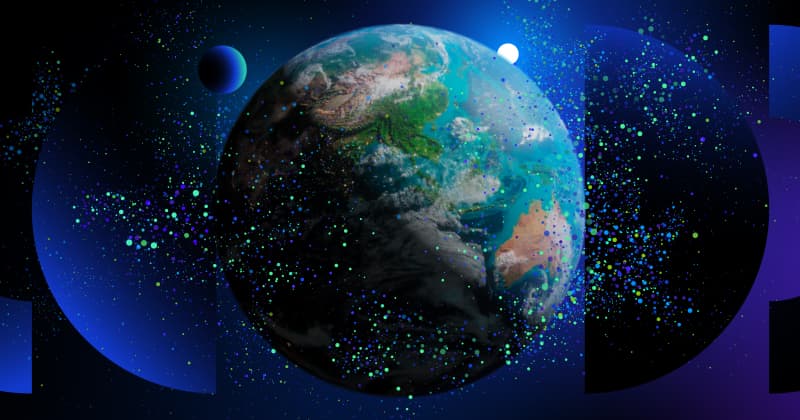

Every year, World GIS Day offers an opportunity to recognise how far geographic information systems have come — and how central geospatial technology has become to the way cities, organisations and communities plan for the future.
Today, GIS is no longer just about mapping physical locations. It is a powerful platform for data visualisation, digital engagement, scenario planning, and community storytelling. Across infrastructure, aviation, transport, energy, and environmental management, GIS helps organisations make informed, transparent and collaborative decisions.
But what truly unlocks the value of GIS is not only the data itself. It’s how we communicate it. This article explores how GIS is evolving, why geospatial storytelling matters, and the emerging opportunities shaping the future of spatial communication.
GIS has become one of the most powerful tools for helping communities visualise change — especially in infrastructure. Bringing flight paths, transport networks, environmental impacts, and local benefits to life through geospatial visualisation helps build trust, transparency, and better conversations.
What Is GIS and Why Is It Essential Today?
GIS (Geographic Information Systems) allows teams to capture, analyse, visualise and share spatial data. But the role of GIS has expanded dramatically from technical maps to interactive experiences. Modern GIS helps organisations:
This shift from static mapping to interactive storytelling means that GIS now plays a critical role in public engagement, strategic planning, and digital transformation.
From Data Layers to Human Context
Traditional GIS tools are designed for specialists — analysts, engineers, planners. Yet the most important decisions often depend on the ability of non-experts to understand geospatial information.
That’s where geospatial storytelling comes in.
Turning data layers into experiences — interactive maps, immersive 3D on the web, flight path visualisations, community impact tools, and scenario-based platforms — makes information intuitive, relevant, and human. It shifts the conversation from technical detail to shared understanding.
When people can see and interact with spatial information, engagement becomes more transparent and more meaningful. GIS becomes a bridge between technical experts and the wider public.
How Spatial Media Uses GIS to Improve Understanding
Spatial Media specialises in transforming complex spatial data into clear, intuitive, interactive communication tools. Our capabilities support airports, transport agencies, utilities, energy and mining sectors, governments alongside many other organisations with hundreds of GIS projects each year including:
These solutions make GIS accessible to everyone from community members to senior decision-makers.
The Future of GIS: Accessible, Visual, Human-Centred
Looking ahead, the future of GIS is shaped by four major trends:
1. Accessibility
Making GIS tools that intuitive, web-based and usable by all stakeholders. Great GIS shouldn’t be buried in heavy, clunky platforms that few subject matter experts can navigate.
2. Immersive Experiences
Using 3D, digital twins and visual storytelling to make data more relatable. We love combining engaging, visual and graphic information into mapping solutions.
3. Integrated Real-Time Data
Connecting live feeds, sensors and analytics to enrich decision-making. Up to data improved trust and transparency.
4. Human-Centred Design
Building tools that prioritise clarity, simplicity and community understanding. GIS will continue to evolve from a technical system into a strategic communication platform and we’re all for it!
Celebrating GIS as a Tool for Better Decisions
This World GIS Day, we celebrate not just the technology, but the clarity and connection it creates. GIS helps organisations communicate openly, plan smarter, and engage more meaningfully with the communities they serve.
As geospatial storytelling becomes more accessible and immersive, the potential for better planning, fairer decisions and stronger public trust grows with it.
Check out Spatial Media's Web Developer and GIS Specialist Phil James below discussing World GIS Day and the future of GIS.
Interested in how Spatial Media can support your next project with GIS visualisation or digital engagement?
Get in touch with our team to explore custom tools, platforms and solutions.